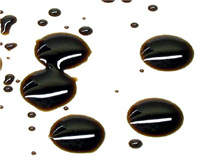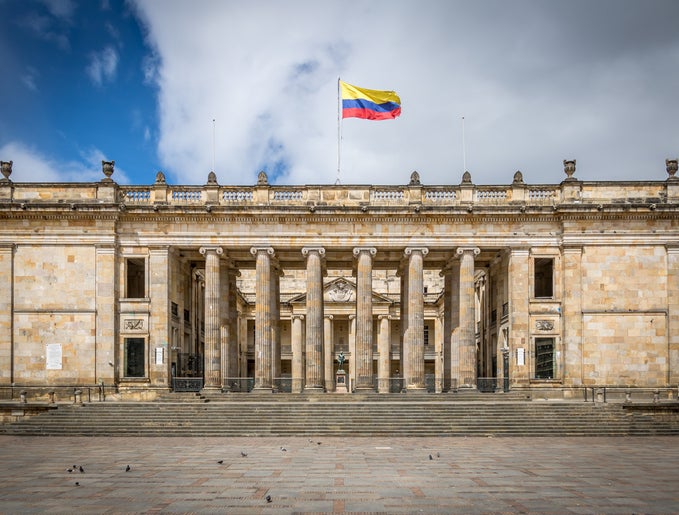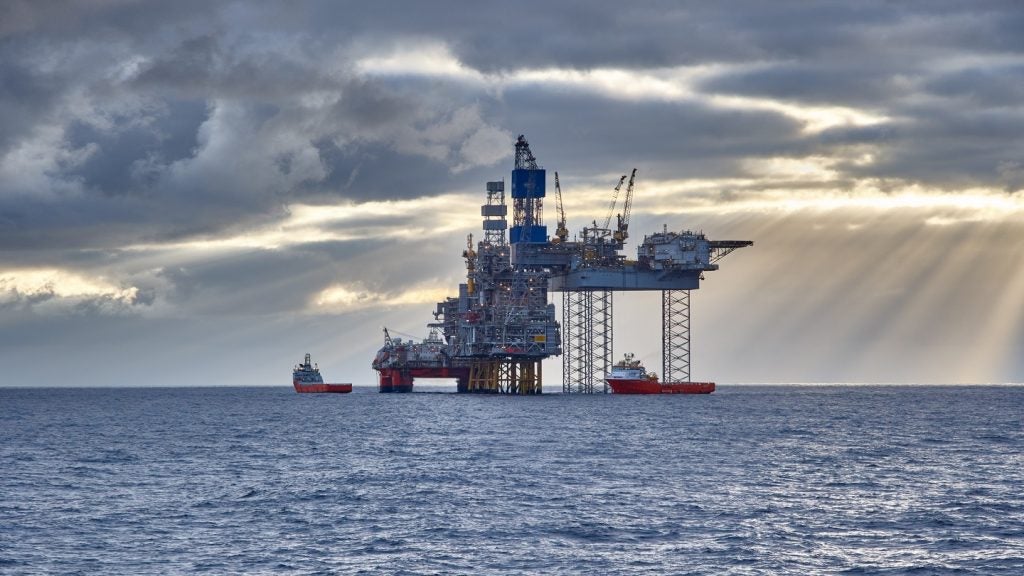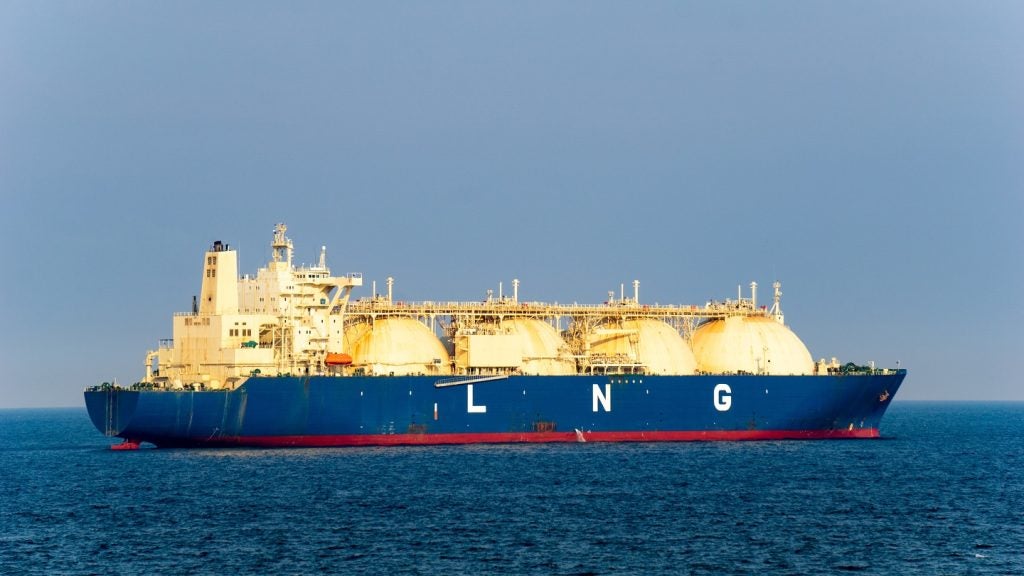
When each barrel of oil makes a difference in meeting production targets, even the smallest producing fields acquire strategic importance. This is also true of the fields with little oil left in their reserves – known as mature fields.
One result of field maturity is that an increasing volume of water is lifted with each barrel of oil recovered.
Northeast Brazil was Petrobras’s pioneer supplier of oil – and today most of the company’s mature fields are to be found there.
In 2000, Petrobras decided to sell off some of the mature fields, but a succession of rises in world oil prices favoured a later decision to prolong and optimise the useful life of the wells in these areas, and this meant revising operational policies.
STEAM INJECTION
See Also:
A good example is in Rio Grande do Norte, the second largest producer of crude oil in Brazil, with 100,000 barrels a day. There, techniques that are speeding up the recovery of reserves, such as steam injection, are being tested before the well’s daily production starts to decline.
How well do you really know your competitors?
Access the most comprehensive Company Profiles on the market, powered by GlobalData. Save hours of research. Gain competitive edge.

Thank you!
Your download email will arrive shortly
Not ready to buy yet? Download a free sample
We are confident about the unique quality of our Company Profiles. However, we want you to make the most beneficial decision for your business, so we offer a free sample that you can download by submitting the below form
By GlobalDataFor example, in Ubarana, a field that has been operating since 1973, Petrobras is implementing supplementary recovery procedures.
Several different types of field, at various stages, can be submitted to injections of steam and water, as a way of slowing down the fall in production.
The interventions to increase the final recovery factor are applied, depending on both the scale of the field (tertiary oil recovery) and the quality of the well (stimulation, re-completing, profiling and other treatments), as well as the application of techniques to increase oil level, surface run-off and treatment.
The classic limit definition of a mature field is when 80% of its proven reserves of oil have been lifted.
CHANGE OF PLANS
The scenario has changed a lot since 2000. Of the 73 mature fields put up for sale, agreements were reached with potential buyers on only 13. The resumption of production coincided with a change in the economic situation and technical reassessments.
"The increase in the price of oil was the decisive factor for resuming production in these fields," explains Solange Guedes, Petrobras’s executive manager for E&P in north and northeast Brazil.
"We have gained by the overcoming of indecision on the fate of these fields. When the decision to put them up for sale was taken, a barrel was selling for $10. Now it is close to $40. We decided in favour of an aggressive project of reopening of wells, integrating the production processes of the fields before putting them up for sale."
She is confident about the decision taken, which has contributed to the reversal of the decline in production in pioneer regions. "Revitalisation of mature fields in the Sergipe and Alagoas E&P Business Unit is based on the assumption that our portfolio is built on profitable concessions," she says.
"We have a budgetary limit which cannot be ignored, and within it we seek to balance the maintenance of E&P operations, environmental excellence and the opening of exploratory fronts."
REVITALISED FIELDS – AND EXECUTIVES
Long field life is also a feature of the Sergipe-Alagoas E&P business unit. Its main onshore field, Carmópolis, began production in 1963.
Eugênio Dezen, a geologist from the state of Rio Grande do Sul now involved in the reversal of decline in production – and general manager of the business unit – highlights the resumption of investments and research as key to this process.
He has been with Petrobras for 23 years, and notes that two-thirds of the workforce in his unit are over 45 years old and still highly motivated. "A good proportion of the new professionals that we are meeting today will work in programmes of revitalisation of mature fields, one of the unit’s priorities," he says.
"In the Sergipe onshore mature fields alone, we invested $57m in 2004 and $77m in 2005."
Techniques for recovery of oil and improvement of geological and seismic studies in the fields justify the unit’s ambitious target of achieving 5% growth in the production of oil, gas and condensate, twice the performance in the northeast – Petrobras’s best performing area in the first half of the year.
"Injection of steam and water, combined with new well and lifting architecture, are techniques which, together with the creativity of our workers, make us able to dream of achieving growing production figures in the coming years," says Dezen.
These developments, and many others across Brazil’s oilfields, result from the fact that even the smallest drop of oil has value.






